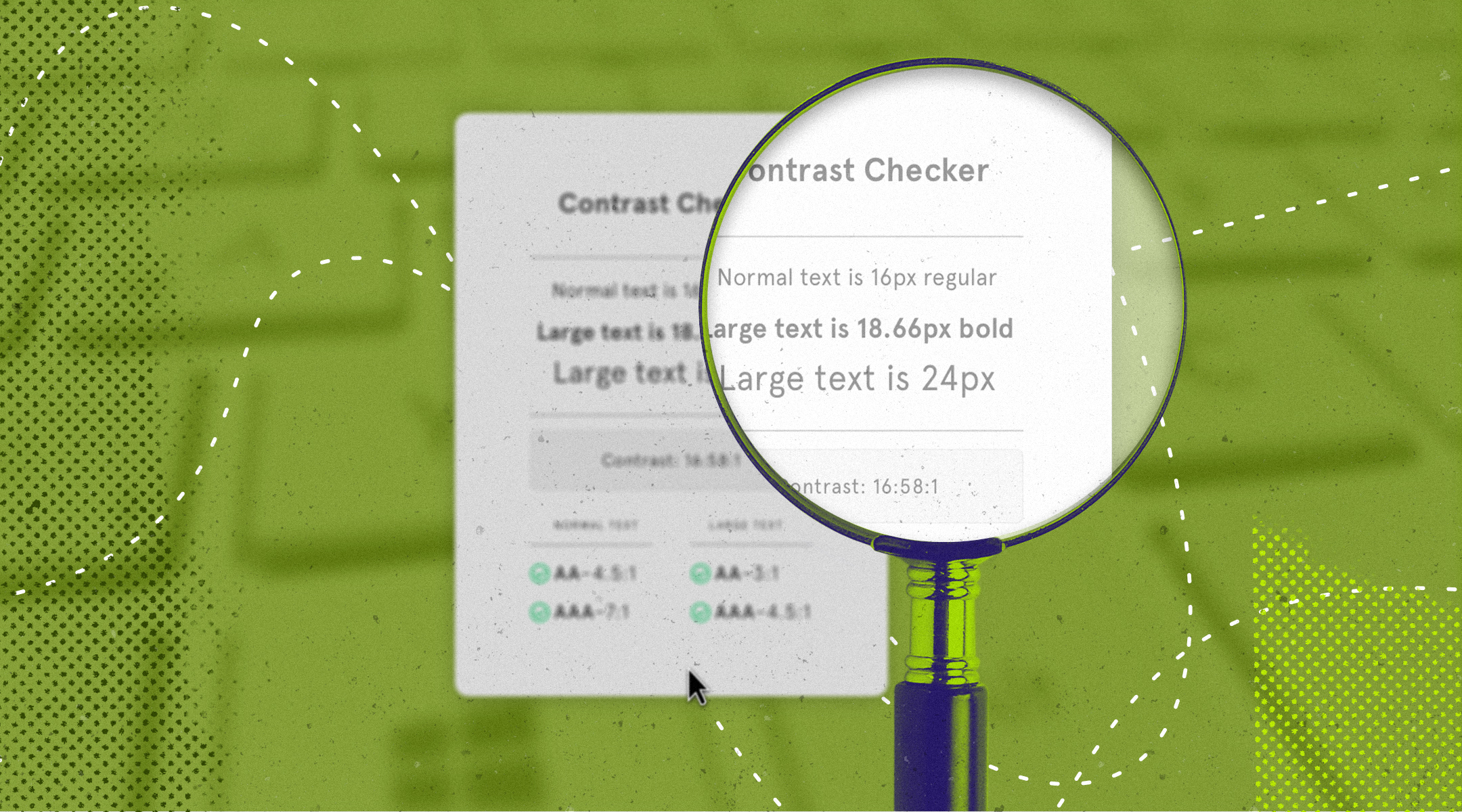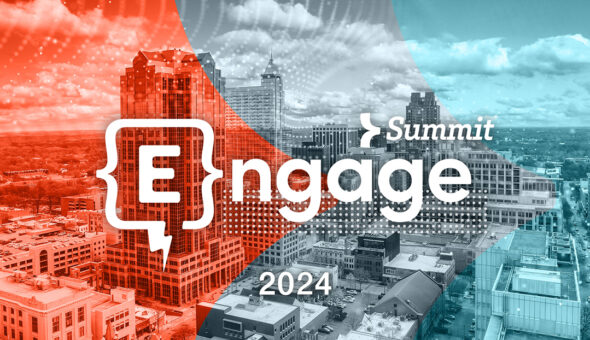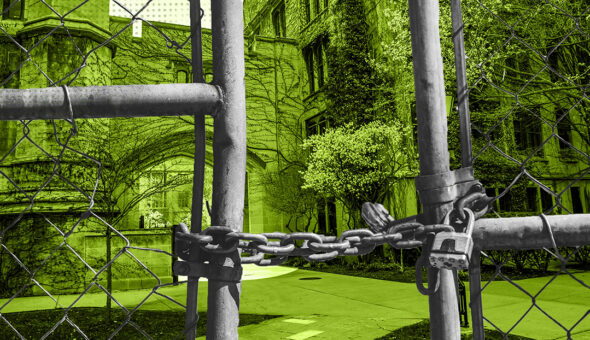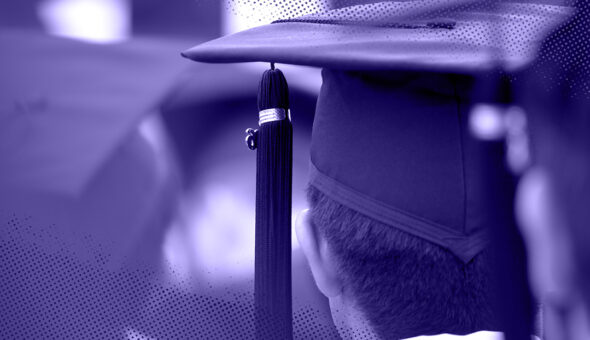Determine who is responsible
Compliance with policy or law is necessary and valuable to provide guidance on decisions, but if compliance is used as both the justification and a target, then you are aspiring to the bare minimum effort. An important component to consider with an accessibility-based policy is that the person responsible for the content or technology should be the person taking reasonable efforts to make it accessible. This brings the power and accountability of making accessible content down to the individual level and eliminates unnecessary overhead from the managing department.
Balance user feedback with standards evaluation
The Accessible Technology Initiative at Temple University was established in a direct response to the 2011 Resolution Agreement between Penn State University and the National Federation of the Blind. When it started, the evaluation and testing was done by individuals who were not native assistive tech users. In Spring of 2017, ITS leadership agreed to hire a native screen reader user to help with accessibility testing and evaluation. Having a visually impaired staff member discuss their challenges with a software or course content was more far more effective to build empathy and understanding. These kinds of practical approaches to removing barriers for people with disabilities eliminate the need to introduce technical jargon, and thus give the situation a more people-first focus.
Set a baseline understanding of accessibility
Our initiative started with presentations to collegial assemblies. These were helpful but required a restrictive amount of time and only reached the people in attendance that day. To increase the general awareness, we created a Disability Inclusion and Accessibility training course, which was distributed to all existing faculty, staff and new hires. The weight of the training was intentionally shifted away from legal and compliance and centered on explaining what is accessibility, tips on making accessible content, and faculty success stories. Thanks to this training, it is now extremely rare to have conversations with faculty or staff that say they have no understanding of accessibility or didn’t realize it was something they had to consider.
Find efficiencies in workflows to focus on learning
To improve efficiency in approval processes and the university community requesting help, online processes were put in place to gather required information and to document the requests. The first workflow adjustment was to an online request form for purchases that weren’t fully accessible and required an exception request. Save for several basic questions, the submitter can typically complete the entire request without any need for feedback. These final two questions, Exception Category & Reasonable Accommodations, get at the core of why the product is being considered and what proactive steps we will take to ensure the tool or content doesn’t discriminate against any potential users.
Improve communication and direction within departments
Communication and education cannot come only from top-down directives from the department managing accessibility at the organization. It’s vital to find advocates across the institution, but equally important to connect responsible staff that have a clear understanding where accessibility fits within day-to-day workflows.
Early on in our initiative, school liaisons were appointed by deans and provided with several accessibility training sessions over a couple months’ time. But because these appointees had full-time roles in addition to this liaison responsibility, and we found that they infrequently encountered accessibility issues – maybe a couple times each year. Because of this inactivity, these roles needed to focus less on the ins and outs of accessibility regulations, and more on how accessibility maintenance fits into university processes.
Seek out external guidance
Re-evaluation within the institution only goes so far before it’s wise to solicit an independent review, which should happen every few years, preferably by an external consulting firm. They should be tasked with providing candid feedback on how well the organization is living up to the standards set and how to further engrain accessibility into the institution culture.
Similar to avoiding focus on compliance, as practiced in the initiative, we approached our external consultation as a review on process and culture rather than simply a legal audit. The review was heavily focused on interviews and feedback from people at Temple that were active and inactive in the initiative. The outcome of our review provided much of the same framework and advice referenced above.
Where Temple is now, and our next steps
From the lessons learned as the initiative has grown around Temple and based on the feedback received from the most recent external review, the next steps in cultural growth at the university will be to more closely align our accessibility efforts with the overall university equity, diversity and inclusion. Most of the accessibility workflows are successfully integrated into university processes, and liaisons within departments across the university have educated their departmental peers on process requirements, and have connected them with the appropriate resources.
Today, the perception of accessibility is often still seen as an independent value and not as part of overall institutional diversity. But by better aligning these values, the university will hopefully engrain accessibility in the institutional consciousness and communication in the same manner that the university values diversity of culture, gender, age, ethnicity and socioeconomic status.










